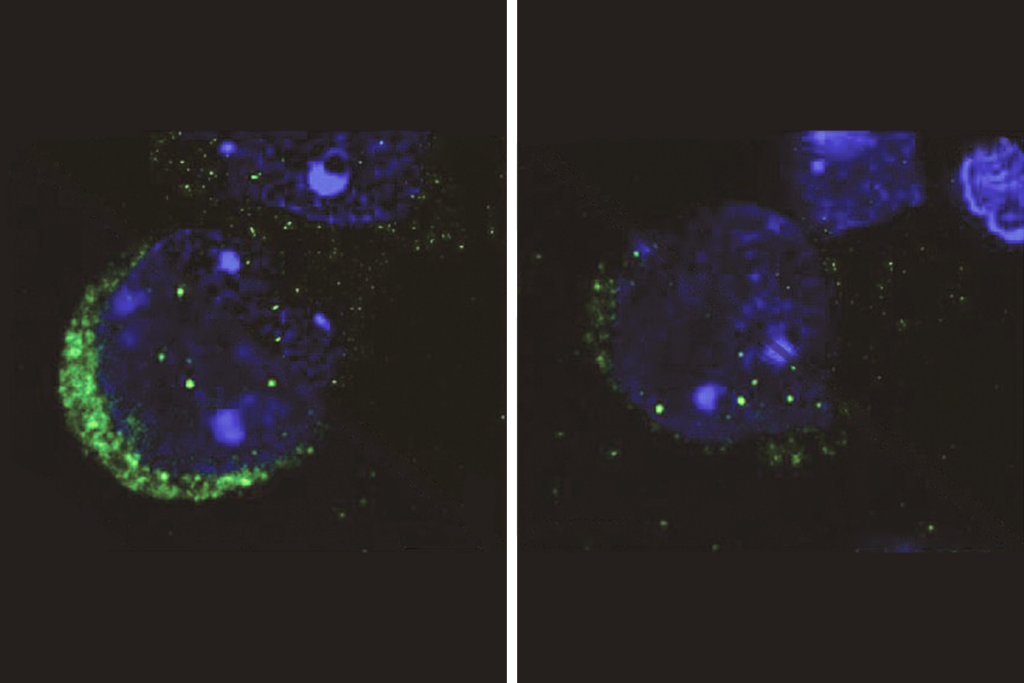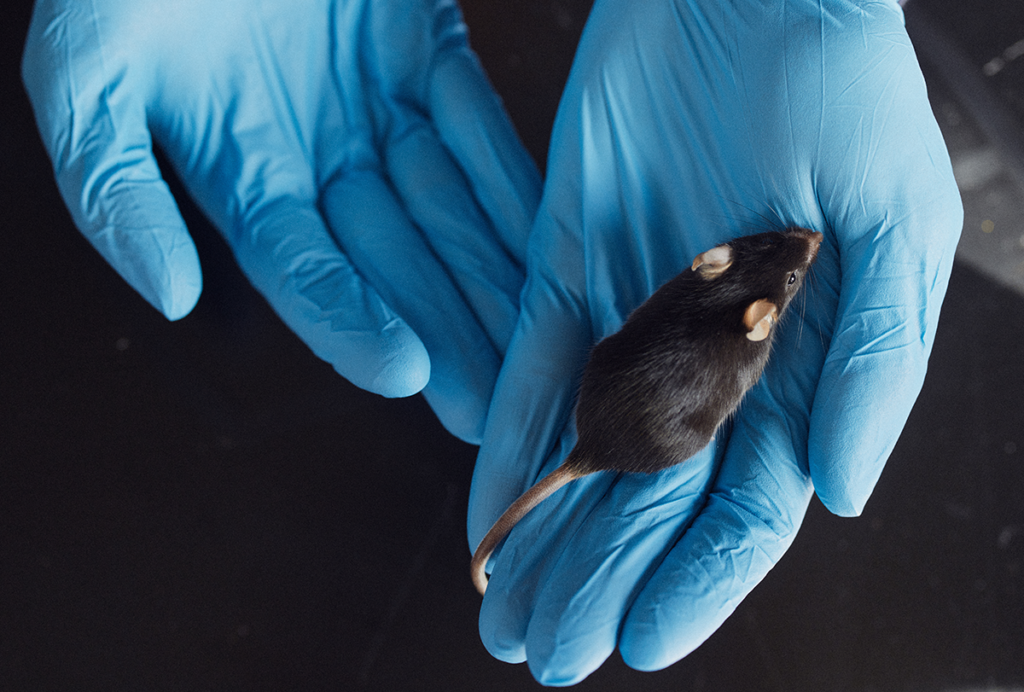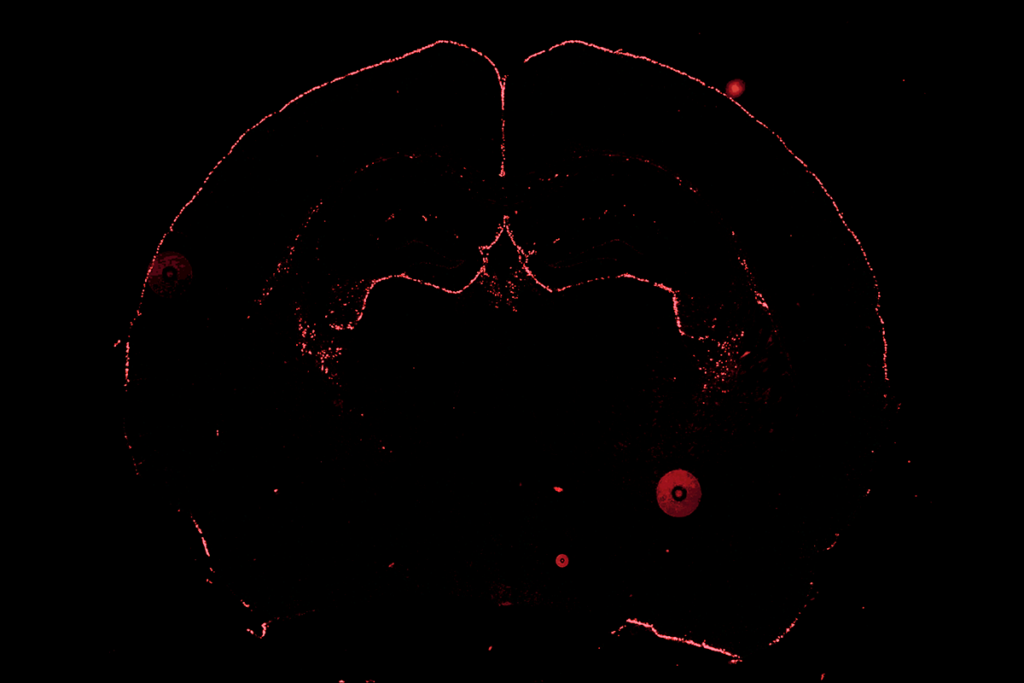Notable papers of 2013
Our annual list of the most influential papers in the autism field is culled from suggestions solicited from SFARI staff, as well as from experts in the field. Below is a selection of just some of these papers, presented in chronological order.
Our annual list of the most influential papers in the autism field is culled from suggestions solicited from SFARI staff, as well as from experts in the field. Below is a selection of just some of these papers, presented in chronological order. SFARI director Louis Reichardt expounds on the list in this column.
1. Can nutritional supplements help treat some cases of autism?
A handful of studies published in late 2012 and early 2013 point to dietary deficiencies as a contributing factor in some forms of autism, suggesting that supplements such as folic acid may help treat and even prevent the disorder.
Surén P. et al. JAMA 309, 570-577 (2013) PubMed
2. Genome-editing tools compose new models of autism
Thanks to a suite of new tools based on synthetic biology, it’s now possible to quickly and cheaply insert autism-linked mutations into living cells in the lab, according to two studies published 15 February in Science.
Cong L. et al. Science 339, 819-823 (2013) PubMed
Mali P. et al. Science 339, 823-826 (2013) PubMed
3. Twin study suggests girls are protected from autism risk
A comparison of autism-like behaviors in nearly 10,000 pairs of fraternal twins suggests that girls are somehow protected from the disorder. The findings, published 19 February in the Proceedings of the National Academy of Sciences, may partly explain why autism is four times more common in boys than in girls — one of the oldest and most puzzling statistics in the field.
Robinson E.B. et al. Proc. Natl. Acad. Sci. USA 110, 5258-5262 (2013) PubMed
4. Statins improve symptoms of Rett syndrome in mice
Defects in cholesterol metabolism may influence the severity of Rett syndrome, suggesting a treatment for the autism-related disorder, according to research published in July in Nature Genetics. We first reported these findings from the 2013 International Meeting for Autism Research in May.
Buchovecky C.M. et al. Nat. Genet. 45, 1013-1020 (2013) PubMed
5. Gene therapy reverses Rett syndrome symptoms in mice
A virus that ferries healthy copies of the Rett syndrome gene across the blood-brain barrier can reverse symptoms in female mice that model the disorder, according to a report published 21 August in the Journal of Neuroscience.
Garg S.K. et al. J. Neurosci. 33,13612-13620 (2012) PubMed
6. Autism genes are surprisingly large, study finds
Length matters: Disease implications for long genes
What does the existence of long genes tell us?
Enzymes called topoisomerases are crucial for the expression of extremely long genes in neurons, according to a study published 5 September in Nature. More than one-quarter of these genes are known autism candidates, the study found. The paper set off a flurry of discussion, including a Viewpoint by the lead researcher Mark Zylka about the implications of this finding for autism.
King I.F. et al. Nature 501, 58-62 (2013) PubMed
7. Small deletions, duplications of DNA may up autism risk
Two new studies, published in September and October, found more small deletions and duplications of DNA in individuals with autism than in controls. These variants may also affect the severity of the disorder.
Krumm N. et al. Am. J. Hum. Genet. 93, 595-606 (2013) PubMed
Poultney C.S. et al. Am. J. Hum. Genet. 93, 607-619 (2013) PubMed
8. Drug fixes cellular defects in autism-related disorder
A new stem-cell model of Phelan-McDermid syndrome points to a possible treatment for the rare autism-related disorder, according to a study published 16 October in Nature.
Shcheglovitov A. et al. Nature 503, 267-271 (2013) PubMed
9. Classic sign of autism appears early in infancy, study says
Baby boys who will later be diagnosed with autism show a loss of interest in other people’s eyes between 2 and 6 months of age, according to a study published 6 November in Nature. This is the earliest behavioral marker of autism found to date.
Jones W. and A. Klin Nature Epub ahead of print (2013) PubMed
10. Studies map gene expression across brain development
Now that genetic studies have implicated several hundred genes in autism, researchers are turning their attention to where and when in the healthy young brain these genes are expressed. The first two studies to tackle these questions appeared 21 November in Cell.
Willsey A.J. et al. Cell 155, 997-1007 (2013) PubMed
Parikshak N.N. et al. Cell 155, 1008-1021 (2013) PubMed
Recommended reading

New tool may help untangle downstream effects of autism-linked genes

NIH neurodevelopmental assessment system now available as iPad app

Molecular changes after MECP2 loss may drive Rett syndrome traits
Explore more from The Transmitter
Who funds your basic neuroscience research? Help The Transmitter compile a list of funding sources

The future of neuroscience research at U.S. minority-serving institutions is in danger
